Palatopharyngeus Muscle
Table of Contents
Palatopharyngeus Muscle Anatomy
The palatopharyngeus muscle is a small muscle in the roof of the mouth.
It is a long and fleshy fasciculus, narrower in the middle than at either end of the forming with the mucous membrane covering its surface & the palatopharyngeal arch.
Structure:
It is separated from the palatoglossus muscle by an angular interval, in which the palatine tonsil is lodged. It arises from the soft palate, where it is divided into two fasciculi by the levator veli palatini and musculus uvulae.
The posterior fasciculus lies in contact with the mucous membrane, and joins with that of the opposite muscle in the middle line.
The anterior fasciculus, the thicker, lies in the soft palate between the levator and tensor veli palatini muscles, and joins in the middle line the corresponding part of the opposite muscle.
Origin
Palatine aponeurosis and hard palate .The palatopharyngeus muscle is made up of two fasciculi attached to the superior surface of the palatine aponeurosis. The anterior fasciculus has fibers which additionally originate from the posterior border of the hard palate. The posterior fasciculus joins the posterior band of the contralateral palatopharyngeus muscle in the midline.
Insertion
Upper border of thyroid cartilage (blends with constrictor fibers). The fasciculi unite at the level of the soft palate. It courses inferolaterally posterior to the tonsil and descends to attach to the posterior border of the thyroid cartilage.
Function
The palatine velum is slightly raised by the levator veli palatini and made tense by the tensor veli palatin and the palatopharyngeus muscles, by their contraction, pull the pharynx upward over the bolus of food and nearly come together, the uvula filling up the slight interval between them.
to the means the bolus is prevented from passing into the nasopharynx add the same time, the palatopharyngeus muscles are inclined plane & directed obliquely downward and backward, along the under surface of which the bolus extends into the lower part of the pharynx
Nerve Supply
The pharyngeal plexus of the vagal nerve’s (CN X) and SVE (special visceral efferent) fibres provide this muscle with motor innervation.
Blood supply
Facial artery
Actions
Pulls the pharynx and larynx upward.
- elevation of the larynx and pharynx
- deglutition
FAQs
It connects inferiorly to the lateral wall of the pharynx and superiorly to the palatine aponeurosis and hard palate. When swallowing, it has the effect of contracting the soft palate and pulling the pharyngeal walls superiorly, anteriorly, and medially, effectively separating the nasopharynx from the oropharynx.
The Palatopharyngeal muscle, also known as the Musculus palatopharyngeus, is a muscle located in the throat (pharynx) that plays a crucial role in swallowing and speech production. It is one of the muscles of the soft palate, which is the fleshy, flexible part of the roof of the mouth toward the back. The muscle fibres are attached to the hard palate anteriorly and the palatine aponeurosis posteriorly. Levator veli palatini (LVP), a muscle, divides the muscle’s anterior part.
The Palatopharyngeal muscle, also known as the Musculus palatopharyngeus, is innervated by the pharyngeal branch of the Vagus nerve (Cranial nerve X). The Vagus nerve is the tenth cranial nerve and is responsible for supplying motor and sensory innervation to various structures in the head, neck, and thorax.
Its primary function is to participate in swallowing and speech production. The back part of the tongue is raised by the palatoglossus muscle. Additionally, it pulls the soft palate inferiorly, reducing the oropharyngeal isthmus’ diameter.
The movement of the soft palate, the shortening of the pharynx, and the elevation of the hyolaryngeal complex are only a few of the actions that the palatopharyngeus contributes to during proper swallowing.

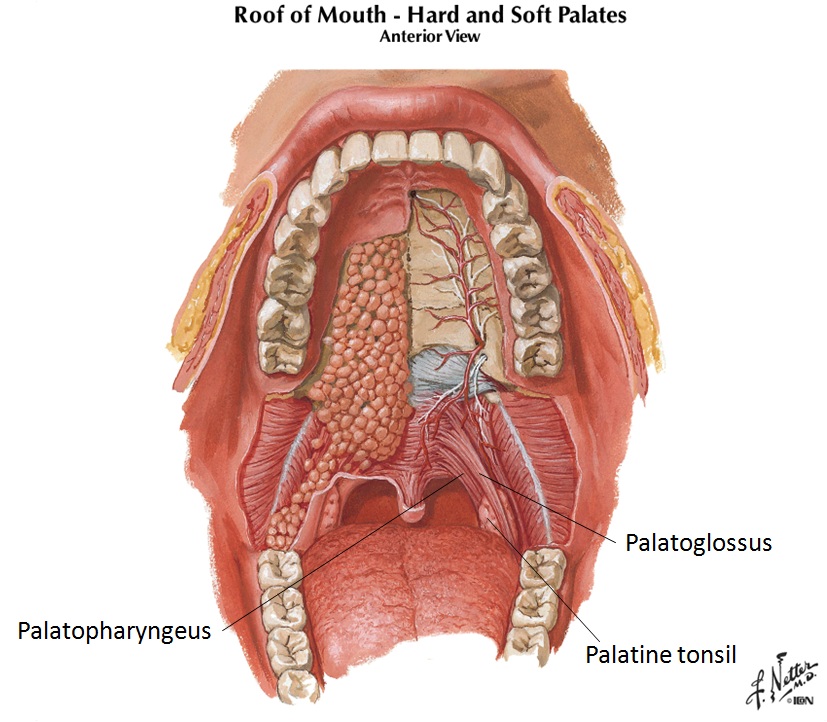
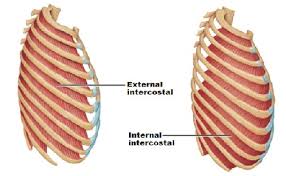
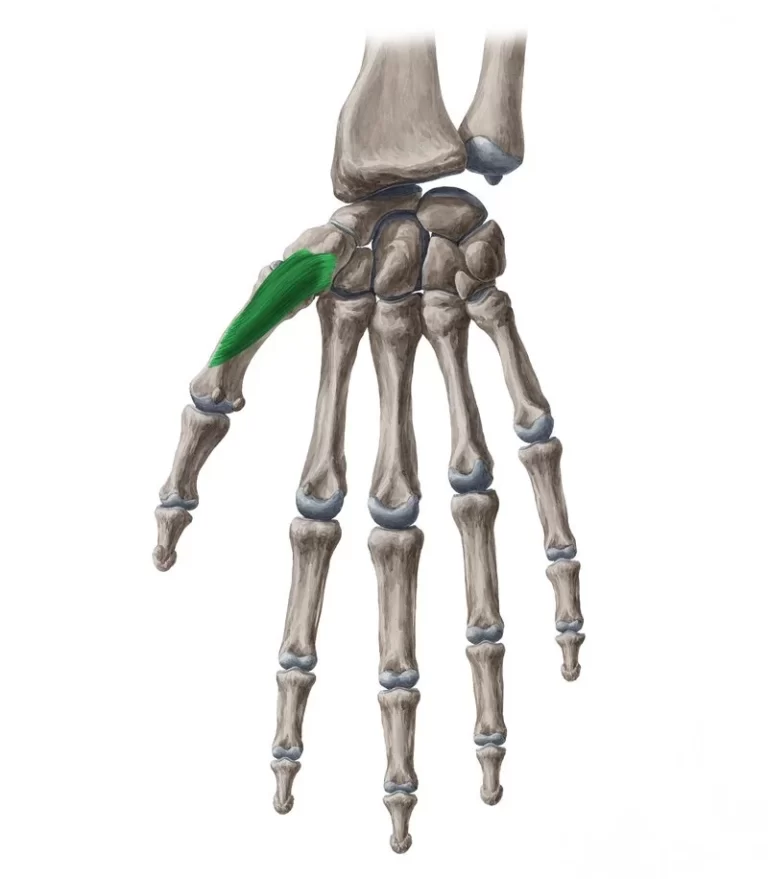
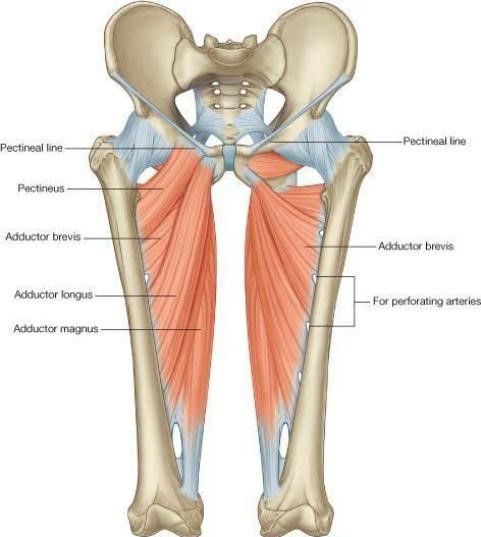
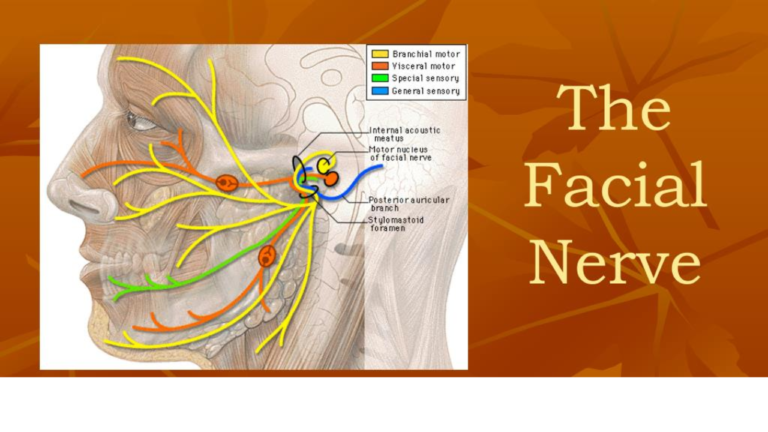
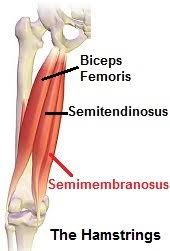
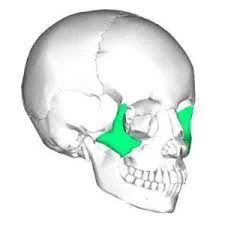
One Comment